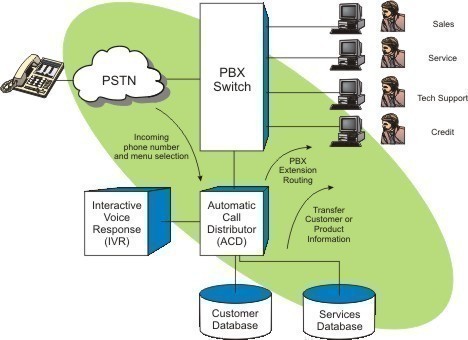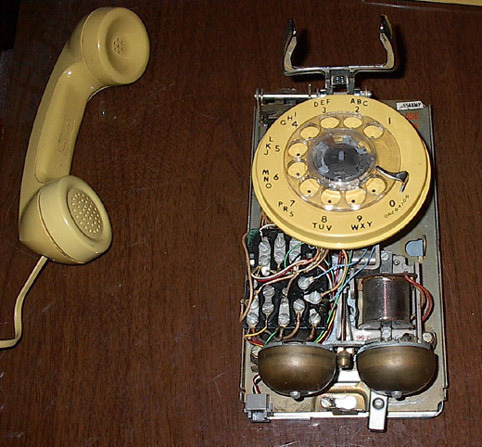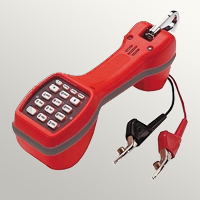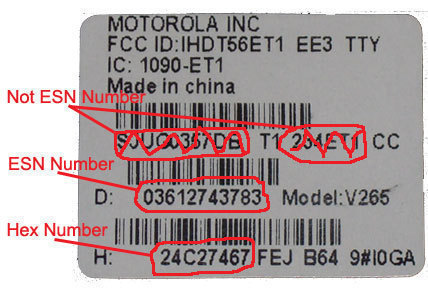The ABCD tones are additional DTMF tones that may be used in any way the standard (0-9) tones are used. These tones are generated using a Silver Box.
Engineers envisioned phones being used to access computers and other devices. This vision led to the addition of the number sign (#, sometimes called ‘octothorpe’ or ‘pound’) and asterisk or “star” (*) keys as well as a group of keys for menu selection: A, B, C and D.
In the end, the lettered keys were dropped from most phones, and it was many years before these keys became widely used for vertical service codes, such as *67 in the United States of America and Canada, which is used to suppress caller ID.
Prior Uses of ABCD Tones
At one point, it was possible to use the ABCD tones to access a special maintenance mode of the Automatic Call Distributor (ACD) systems used by Directory Assistance operators to connect two callers together.
The ABCD tones were used in now defunct U.S. military telephone network AutoVon, in some Automatic Call Distributor (ACD) systems, for control messages in some PBX systems, and in some amateur radio auto-patches.
Present-Day Uses of ABCD Tones
Public payphones that accept credit cards sometimes use these additional codes to send information from the magnetic strip.
Present-day uses of the A, B, C and D keys on telephone networks are few, and exclusive to network control.
The A, B, C and D tones are used in radio phone patch and repeater operations to allow, among other uses, control of the repeater while connected to an active phone line.
For example, the A key is used on some networks to cycle through different carriers at will (thereby listening in on calls). Their use is probably prohibited by most carriers.
In the AutoVon network, special telephones are equipped with ABCD keys. The ABCD keys were defined as such:
-
A – Flash override (highest priority)
-
B – Flash priority
-
C – Immediate priority
-
D – Priority communication





PAUL NETIA
How do i remove FAS on my line